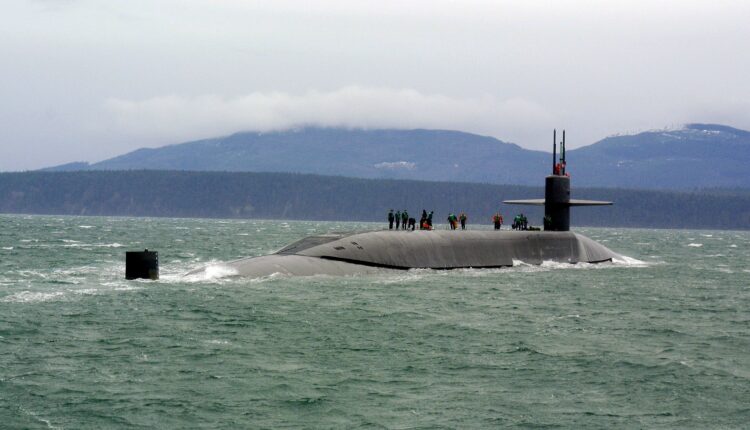©2021 Reporters Post24. All Rights Reserved.

A defense contractor that supplied components for the earliest nuclear submarine will be tapping its military expertise to enter the race to build the next generation of nuclear reactors.
BWX Technologies Inc. expects to complete a working prototype of a small, advanced reactor under a $300-million contract with the US Department of Defense. Providing power plants to the military will facilitate the company’s efforts to build a commercial version that could be ready by the end of the decade, according to Joe Miller, president of BWX’s advanced technologies unit.
BWX is part of a wave of companies developing small nuclear plants that are expected to be faster and cheaper to build than the conventional reactors widely used today. While there’s a growing sense that these advanced reactors could offer a key tool in the fight against climate change, the technology remains unproven and there are daunting hurdles in bringing it to market.
Still, the Lynchburg, Virginia-based company says that having a working system will help when it eventually seeks government approval for a commercial design. Its efforts are building on a long legacy of nuclear projects that originated within the military before shifting to civilian use.
“The whole nuclear industry is a creation of the military,” Chris Gadomski, lead nuclear analyst for BloombergNEF, said in a Monday interview. “It’s a very smart strategy.”
The BWX reactor will have 1 to 5 megawatts of capacity, far smaller than commercial reactors operated by utilities that are typically about 1,000 megawatts. It will be small enough to deliver in four standard shipping containers and can be assembled on-site, Miller said in one of the first in-depth interviews since the deal was announced in June. The reactor can run for three years without being refueled—a major advantage over the 750-kilowatt diesel generators it’s expected to replace—and could power a wide variety of military sites including bases, ports or hospitals. Some facilities might use more than one system.
While there’s growing interest in carbon-free nuclear power as a key tool in the battle against climate change, there’s also concern that building new conventional reactors can be costly and slow. The next generation of small plants is expected to address those issues, but the technology is still years away from becoming a reality.
BWX has been working on nuclear technology for decades. The company provided components for the Manhattan Project in the 1940s that developed the first atomic bombs. In the 1950s, it designed parts for the first nuclear submarine and then manufactured components of the world’s first commercial reactor in Shippingport, Pennsylvania. Today, the firm supplies a variety of nuclear products and services for government and civilian projects, including naval vessels.
BWX expects to deliver the prototype to Idaho National Laboratory for testing in 2024, and it will likely be the first such small reactor in the US. Testing may take up to two years, and if all goes well, any branch of the military will be able to start using it in the field. The company plans to develop a commercial version of the reactor, a process that will probably require a few additional years to complete, putting it on track for use around 2030.
One of the major challenges will be securing the required US Nuclear Regulatory Commission permit, though Miller said having military systems in operation would validate the technology and provide “a huge leap forward in the licensing process.”

